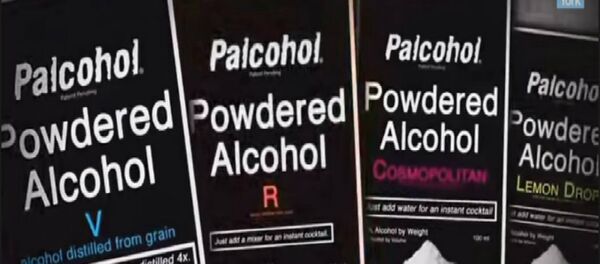More people were killed by high alcohol consumption than from from overdoses of heroin and prescription painkillers combined.
The tally does not include deaths from drunk driving, homicides committed while under the influence, or accidents. If they had, reports state that the numbers would be closer to 90,000 the CDC reported.
"Since the prevalence of heavy drinking tends to follow closely with per capita consumption, it is likely that one explanation for the growth in alcohol-related deaths is that more people are drinking more," Philip J. Cook, a Duke University professor who studies alcohol consumption patterns and their effects, told the Washington Post.
The study found that the number of women who drink at least monthly has risen significantly, from 47.9% in 2002 to 51.9% in 2014, and also went up among both sexes, from 54.9% to 56.9%.
The percentage of women who reported binge drinking, interpreted as 5 or more during one session, also rose from 15.7 to 17.4%.
In 2011, The World Health Organization released The Global Strategy to Reduce the Harmful Use of Alcohol, endorsed by WHO Member States.
The strategy promotes higher taxation on alcohol, reducing availability, raising age limits, treatment of alcohol addicts, regulating or banning alcoholic beverages, and conducting campaigns in support of harsher punitive measures.




